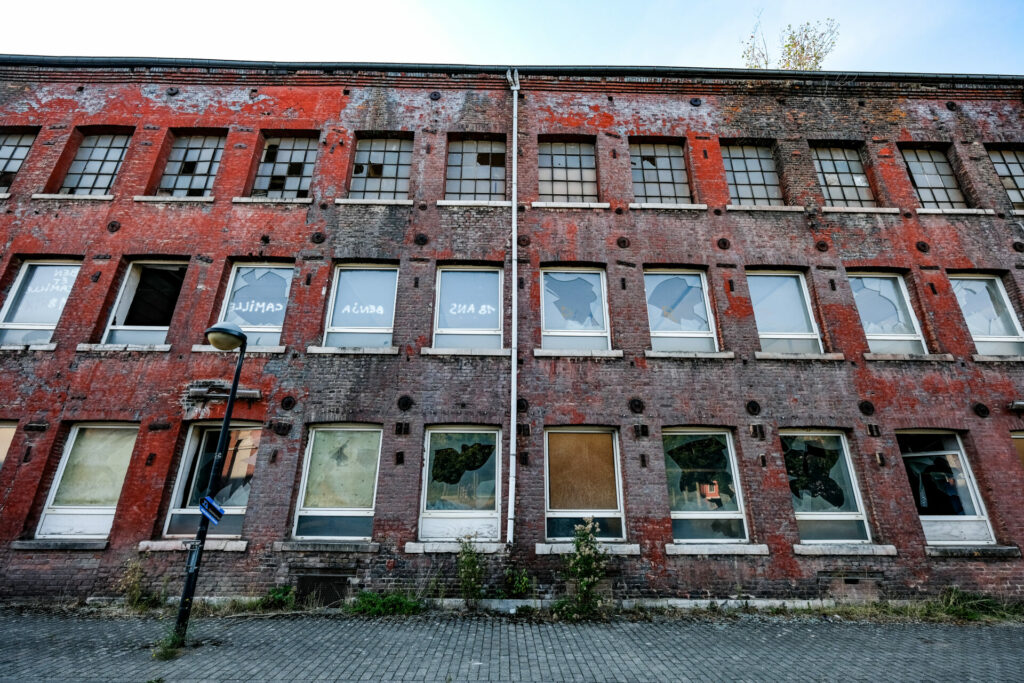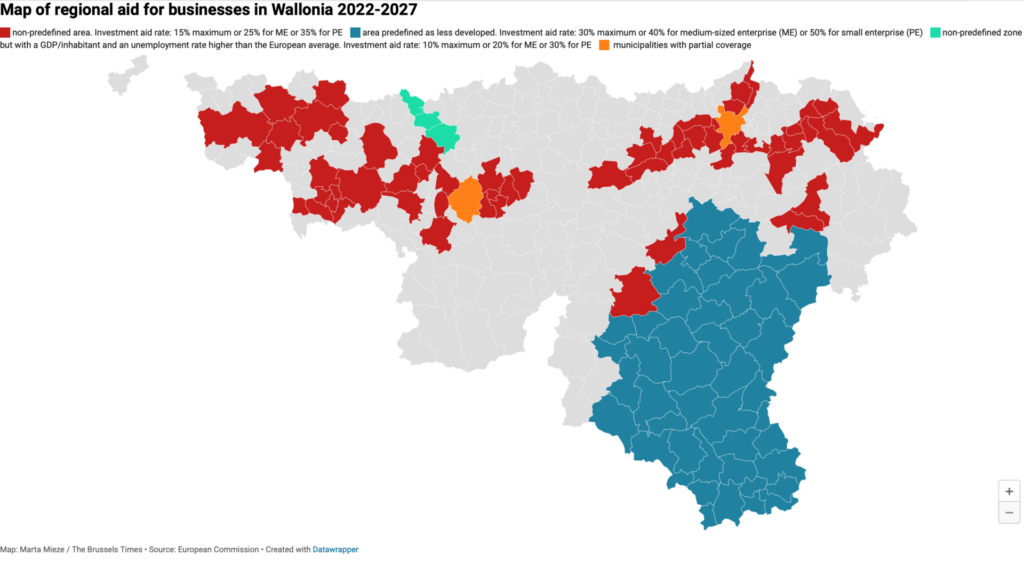Belgium's regional aid map for business investments has been approved by the European Commission.
From 1 January 2022 to 31 December 2027, the EU's Regional Aid Guidelines will enable the 27 Member States to assist their less fortunate areas.
As a result, businesses will be able to invest in these regions, which will help reduce economic and structural disparities while also increasing employment and promoting green and digital transitions.
As a side note, it is important to point out that the EU has put a ceiling on the maximum amount of aid for large companies in order to preserve competition in the European internal market.
The aid limit for small and medium-sized businesses however can be increased by 20% and 10% respectively, for their initial investments with eligible costs up to €50 million.
The benefits for Belgium
Overall, investments in over 25.83% of the country will be covered by regional funding. This funding is especially important for Wallonia's economic policy, as the southern part of the country's finances are strained while also needing €20 million in repairs because of last year's floods.
To that end, the region has budgeted €126 million of its budget for these investments.
Mapping it out
Depending on their GDP per capita and unemployment rate, which can be increased by 10 percentage points for medium-sized enterprises and by 20 small enterprises, for their initial investments with eligible costs up to €50 million.
Related News
- Belgium wants exemption from EU gas-saving plan
- Confidence in the Belgian economy still low among business leaders
- New deal limits day contracts to provide greater worker security
These investment aids were distributed across the country's three regions as follows: 6% in Flanders, 2.4% in Brussels, and 14.87% in Wallonia.
Depending on their GDP per capita and unemployment rate, which can be increased by 10 percentage points for medium-sized enterprises and by 20 small enterprises, for their initial investments with eligible costs up to €50 million.
Luxembourg lucks out
On this map, the province of Luxembourg was been earmarked as one the EU's most disadvantaged. With a GDP per capita that is 75% below the EU average, the province has been pre-defined as an underdeveloped region.
This essentially means that the investment aid rates will be at a maximum of 30% for large companies, 40% for medium-sized ones, and 50% for small businesses that invest in the region.
Wallonia most covered
Wallonia, as expected, is the most covered region in Belgium for regional aid. Initially, the aid will cover investments in the municipalities most affected by last year's floods: Chaudfontaine, Esneux, Liège, Trooz, Eupen, Limbourg, Pepinster, Theux, Verviers, and Rochefort.
Subsequently, the aid will then benefit the region's industrial areas such as Hainaut and the northwestern part of Walloon Brabant, as well as more rural municipalities such as Somme-Leuze, Malmedy, Lontzen, and Trois-Ponts.
Finally, at the request of the Commission, these chosen areas will form coherent clusters around cities like Tournai, Mons, Charleroi, and Liège.


